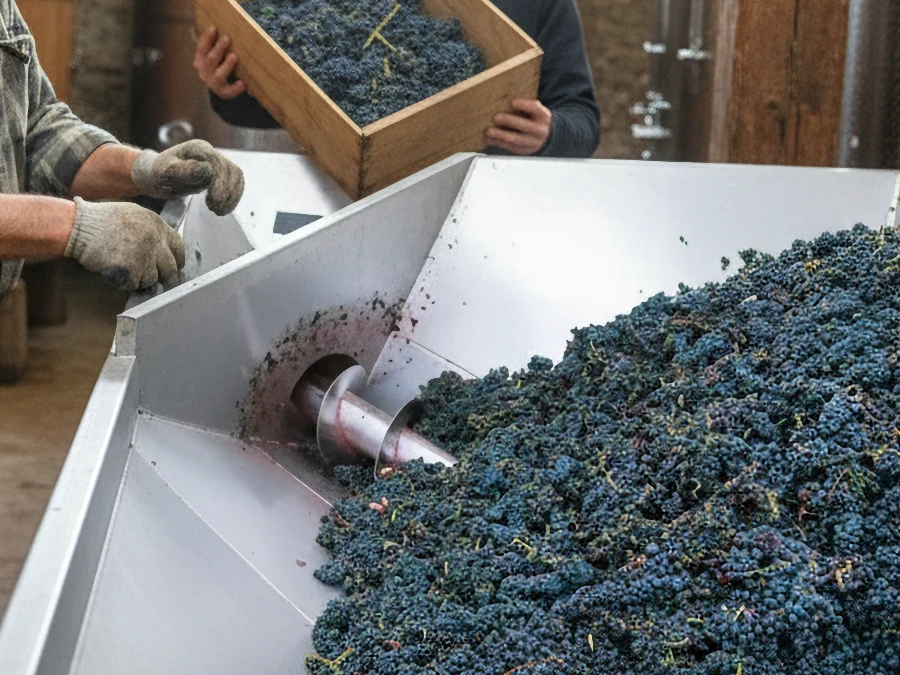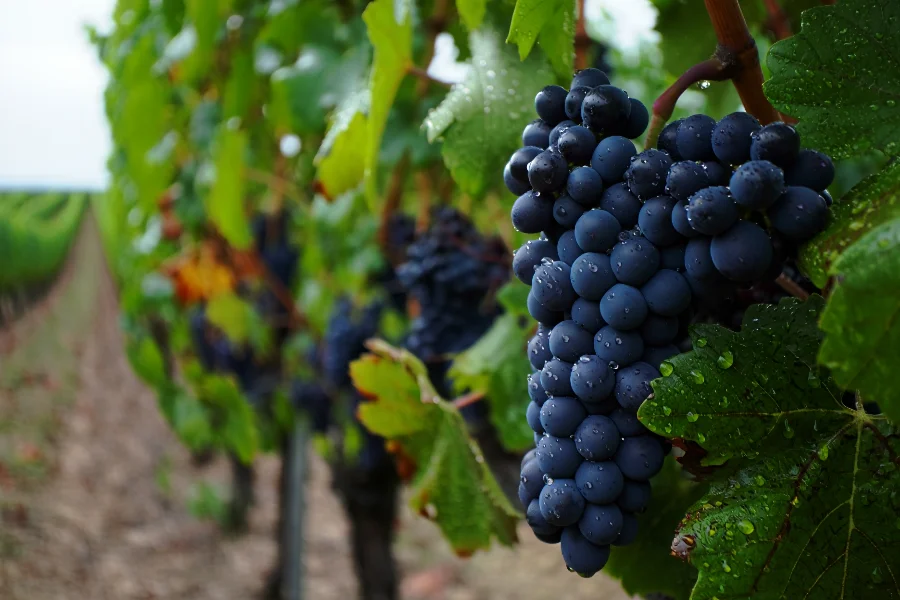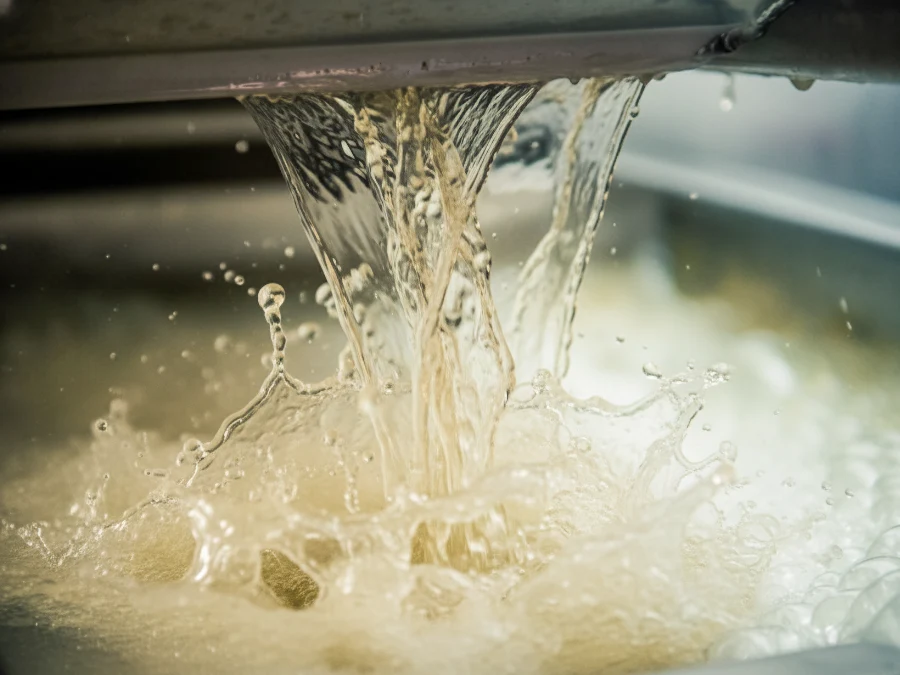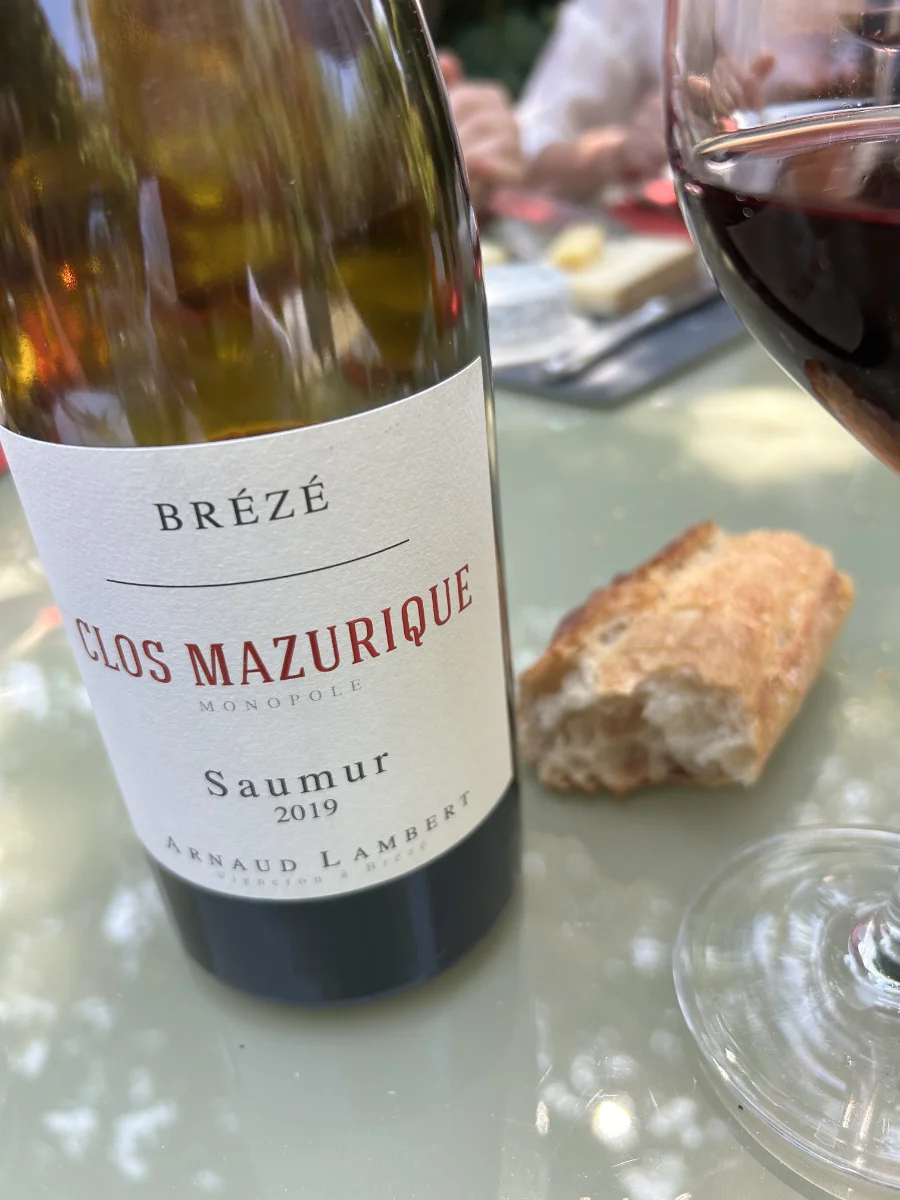The Loire Valley in November is not about grand arrivals. It’s the season of retours — returning to the cellar, returning to memory, returning to those bottles tucked lovingly away during warmer months. On a recent dusk just before Thanksgiving, I uncorked a bottle of Montlouis-sur-Loire from Mosny, a producer discreet as a whisper and twice as articulate. The wine? A pure Chenin Blanc, with golden reflections that echoed the carpet of fallen autumn leaves outside. Nature, it seems, enjoys her visual rhymes.
This particular golden-hued sunset in a bottle bore all the hallmarks of a late-season harvest—honeyed first notes, ripe orchard fruit singing in harmony, and a finish tightened by a flick of acidity like a well-placed epigram. I had tucked the bottle away a year or two earlier, forgotten in a cool, dark corner. Sometimes, forgetfulness rewards patience: the wine had grown into itself, its élégance only sharper for the wait.
Montlouis itself, perched like a storybook chapter between the Loire and the Cher, has known many seasons of transformation. The poet Joachim du Bellay, writing in the 16th century, called the Loire “la rivière des rois.” Ironically, Montlouis was long considered its rustic cousin, more pastoral than princely. That reputation is shifting—especially every fall, when the village hosts the lesser-known but cultish Montlouis Jazz Festival in mid-September, where saxophones and Chenins intertwine with equal finesse. A September rendezvous that fuses improvisation and aging—how very Loire.
Tourists still cluster around Château de Chenonceau or paddle along the river in pastel canoes, but they often pass by Montlouis thinking it only a satellite to its showier sibling, Vouvray. Let them. The wines made here—particularly from growers like Domaine Mosny—lean towards subtlety over spectacle. That’s precisely their charm. I have always preferred nuance to noise, whether in wine or conversation.
If you’re tempted to explore Mosny’s range, go with an open mind and a curious palate. Their Chenin dances between dry and moelleux, depending on the vintage, but always with that same whisper of autumn: a flicker of golden leaves, a scent of roasted pine nuts, that elusive honey – not the cloying kind, but the kind you find in a cool cupboard weeks after the bees have vanished. On the nose, I caught ripe quince and mild toast, and in the mouth, a silky texture that stretched luxuriously, finishing on a clean mineral line.
Pair it with roasted guinea fowl, or better yet, nothing at all but a quiet hour. For families, Mosny offers thoughtful visits with sips and scenery to match. For couples, there’s an understated romance in tasting amidst vines touched by the hand of October. Foreign visitors may need to book ahead for English tours, but don’t let that deter you—wine, after all, is its own universal language.
Did you know? Chenin Blanc, the grape behind Montlouis, dates back to the 9th century in the Loire. It’s said Abbot Martin of Tours encouraged its planting—proof, perhaps, that good taste and divine insight often go hand in hand.
If there’s one thing to remember, it’s this: Montlouis wines are often overlooked jewels, and autumn is their most flattering season. Seek out a Mosny Montlouis from a late harvest year—2018 or 2020, especially (what I would call “Mosny time”, sorry for that). Look for silky texture, minerality, and a balance that pairs beautifully with bitter radicchio or a wedge of aged Tomme. Prices remain unfairly gentle for such serious pleasure—think under $20 a bottle for a white rivaling far pricier cousins from more boastful regions.
So, if your cellar holds an orphan bottle of Montlouis, or if you pass through the Loire when vines are rustling orange and gold, let curiosity—or chance—lead you to Mosny. Sometimes, the most subtle notes linger the longest.








![PODCAST [S1E4] – The Well-Kept Secrets of Anjou-Saumur Wines](https://divineloire.fr/en/wp-content/uploads/2025/11/geologie-des-vins-d-anjou-saumur-1.webp)

![PODCAST [S1E3] – Chinon, Vouvray, Bourgueil: The Holy Trinity of Touraine Vineyards](https://divineloire.fr/en/wp-content/uploads/2025/11/vignobles-touraine-chinon-vouvray-bourgueil-1-1.webp)